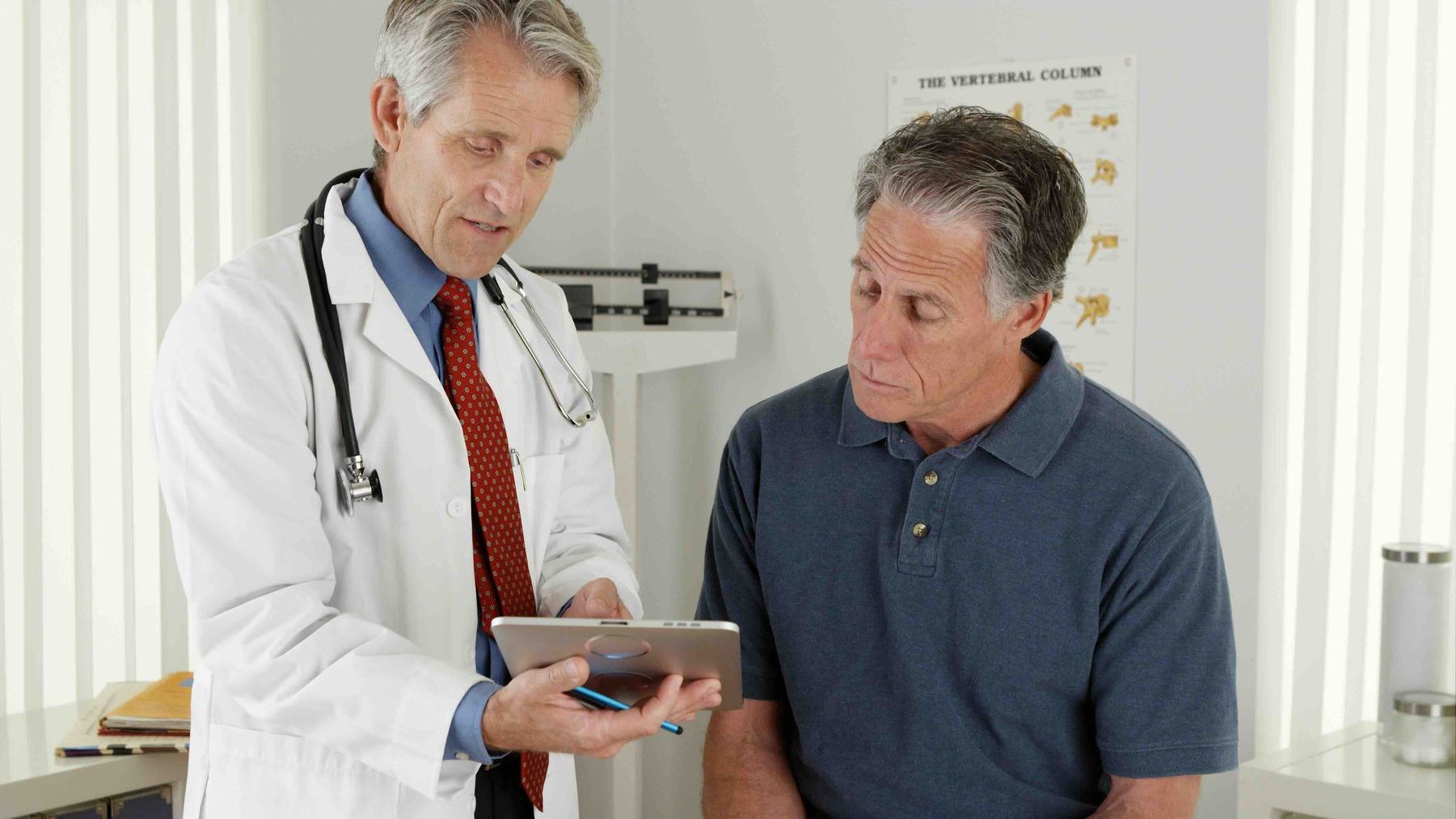Understanding the Role of a Patient-Centered Medical Home (PCMH)
The patient-centered medical home (PCMH) is like having a central hub for all your healthcare needs. You have an exceptional doctor who leads a team of other healthcare workers. This team works together to take care of you in every way possible.
Patient-centered care means focusing on what's best for the patient and involving them in decisions about their health. It also means working with other healthcare professionals to give the best care possible. So, healthcare providers must grasp the ins and outs of PCMH before diving into significant changes.
Your chosen doctor is like the captain of your healthcare team. They ensure everyone on the team knows what's going on with your health. They're also responsible for ensuring you get all the care you need. This includes things like check-ups, treatments, and advice on staying healthy.
But the care doesn't stop there.
If you need help from other healthcare providers or community resources, your PCMH team can arrange that, too. Whether seeing a specialist for a specific health issue or connecting you with support services in your neighborhood, they help you get the proper care at the right time. So, think of your PCMH as your healthcare home base, where you're at the center of attention and your team supports your every step.
The Five Pillars of a Patient-Centered Medical Home (PCMH)
The medical home idea seems like an excellent way to improve healthcare by changing how primary care is done. Instead of just being a physical place, it's more about how primary care is set up and done.
Many national groups give awards to healthcare providers who use the PCMH model well. But before healthcare providers make significant changes to how they care for patients, they must understand what PCMH is about.
The Joint Principles of the PCMH state that a successful patient-centered medical home has five main parts:
- Comprehensive Care:
This is provided by looking at the patient as a whole person, not just focusing on one problem. It also means having a team to help with mental and physical health.
- Patient-Centered:
This is provided by building good relationships with patients and their families. Understanding their background, beliefs, and what they need from healthcare is essential.
- Coordinated Care:
This is delivered by ensuring everyone involved in a patient's care knows what's happening. This might involve sharing health information between different places where the patient gets care, like hospitals or clinics.
- Accessible Services:
These are distributed by having flexible hours, offering different ways to get care in emergencies, and using technology like video calls or apps to connect with patients.
- Quality and Safety: This is created using the best methods and tools to ensure patients get safe, effective care that meets their needs.

1. Comprehensive Care
The primary doctor's office is responsible for caring for most of a patient's physical and mental health needs, such as preventing illness, treating sudden problems, and managing ongoing conditions. Giving thorough care needs a group of different healthcare providers. This group could have doctors, nurses with advanced training, assistants to doctors, regular nurses, dietitians, pharmacists, teachers, social workers, and people who coordinate care.
While some doctor's offices might have big teams with many kinds of providers to help their patients, others, even smaller ones, will connect with other providers and services in their area to form teams and help their patients. To help primary care practices give top-notch care to patients with complex needs, we need to tackle some challenges:
- Change How Primary Care Is Paid: The conventional care system for physicians doesn't always support them enough to coordinate care well for complex patient needs. The PCMH model finds better ways to compensate those who recognize their extra work to help these patients.
- Offer Support Programs: Primary care practices could use extra help to manage complex patient needs. Programs that work alongside these practices can provide more resources, like care managers, to help patients and their families coordinate their care. This extra support, including more staff and tools to help with decision-making, can make a big difference in managing various health conditions and disabilities. It also helps ease the heavy workload that primary care doctors face.
- Provide Research Opportunities: We need to learn more about what works best when caring for patients with complex needs in patient-centered medical homes. This means studying different payment and care delivery models to determine the most effective ones. We also need to figure out how to adjust these models to fit the needs of different communities and practices. By doing more research, we can find the best ways to support primary care practices in providing excellent care to all patients, especially those with complex needs.

2. Patient-Centered
The primary doctor's office offers healthcare that focuses on building relationships and considers all aspects of a person's health. Working with patients and their families means understanding and valuing what makes each patient different, including their culture, beliefs, and preferences. The doctor's office helps patients learn how to care for themselves comfortably. Knowing that patients and families are essential parts of the healthcare team, the doctor's office ensures they're fully involved in making decisions about their care.
To truly be patient-centered, a medical home must ensure that people can easily understand and utilize health information and services to manage their well-being. This aligns with the concept of a health-literate healthcare organization. Unfortunately, many patients struggle with comprehending health-related information and navigating complex healthcare systems.
Patients should be involved in the medical home in three key areas:
- Taking an active role in their care.
- Participating in quality improvement efforts within the primary care practice.
- Contributing to policy and research development and implementation.
Decision-makers can facilitate increased patient engagement across these levels by:
- Mandating that primary care practices involve patients and families in care and quality improvement activities to qualify as medical homes.
- It implements payment strategies that incentivize patients to participate as partners in their care and practice-level quality improvement.
- To enhance patient engagement and support practices through technical assistance, tools, and shared resources.
- Establishing health information technology standards that promote and recognize patient engagement.
- Medical homes ensure meaningful patient involvement in designing, implementing, and evaluating medical home programs.
- Backing further research to assess the feasibility and impact of patient engagement strategies.

3. Coordinated Care
The primary care medical home ensures that all parts of the healthcare system work together well. This includes regular doctor visits and visits to specialists, hospitals, home health services, and other community support services. This coordination needs to happen smoothly when patients move between different places of care, like when they leave the hospital.
Medical home practices are good at making sure everyone talks to each other clearly and openly. This means patients and families can easily communicate with their doctors and other healthcare providers, and everyone involved in the patient's care team is on the same page. These are provided by using the following platforms:
- All-Payer Claims Databases (APCD): Big databases that collect healthcare payment information from various sources, including medical and pharmacy claims, to show what most healthcare providers are doing.
- Data Element/Field: A piece of information collected about something important, like the name of a medication or a diagnosis for a patient. It's defined and identified by specific attributes.
- Electronic Health Records (EHR): A digital record of a patient's health information from different doctor visits. It includes patient details, visit notes, medical history, and test results. Unlike electronic medical records (EMRs), EHRs bring together information from different places.
- Health Care Entity: Different parts of the health care system have specific roles in giving care, like individual doctors or nurses, medical practices, or hospitals.
- Health Information Exchange (HIE): Groups that help share patient information among different healthcare groups, from local to national levels.
- Health Information Technology (Health IT): Using computers and software to store, find, share, and use health care information for communication and decision-making.
- Meaningful Use (MU): Programs that give money to doctors and hospitals that use electronic health records meaningfully. They must meet specific criteria set by the government to get these incentives.

4. Accessible Services
The primary doctor's office offers services that are easy to reach, with less time waiting for urgent help, more hours for in-person visits, and the option to call or email the care team at any time. They make sure to listen to what patients want regarding getting care.
In an integrated health system, each group helps other providers do their jobs better. For instance, a provider makes sure the correct health information is available when needed and works with other organizations for team-based care.
The PCMH and healthcare neighborhoods change depending on what services are needed or available in an area. For example, one PCMH might only have one doctor and a staff member. However, they still work closely with other services in the community to provide comprehensive care. Even if they have fewer patients, they can still provide coordinated care.

5. Quality and Safety
The medical home is a good way of caring for patients, but there are more ways to involve patients and families that haven't been fully included yet. We can include patients and families in three main areas: taking care of individuals, improving practices, and creating policies.
The primary care medical home shows it cares about quality by using proven methods and tools to help patients make decisions, checking how well it's doing, listening to what patients think, and managing the whole community's health. Sharing data about quality and safety with everyone is also a big part of showing this commitment.
Different definitions show that more focus should be placed on including patients and families in the medical home idea. Still, they also show that people have different ideas about how to involve them. To ensure we include patients and families properly, we must clearly understand how to involve them and look at all the evidence available. This will help us plan and implement patient-centered care in medical homes.
Your Family’s Health Is Our Priority
Your wellness matters to us. Take the next step in your care today.
1020 4th Ave
Lake Odessa, MI 48849
oFFICE HOURS
- Mon - Tue
- -
- Wed - Thu
- -
- Fri - Sun
- Closed
AFTER HOURS EMERGENCY CONTACT
1020 4th Ave
Lake Odessa, MI 48849
oFFICE HOURS
- Mon - Tue
- -
- Wed - Thu
- -
- Fri - Sun
- Closed
AFTER HOURS EMERGENCY CONTACT
All Rights Reserved
FAMILY MEDICAL CENTER
website designed by SPECK DESIGNS
All Rights Reserved | FAMILY MEDICAL CENTER
website designed by SPECK DESIGNS





